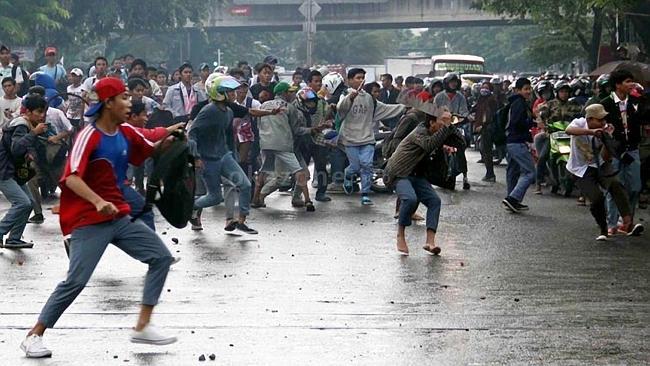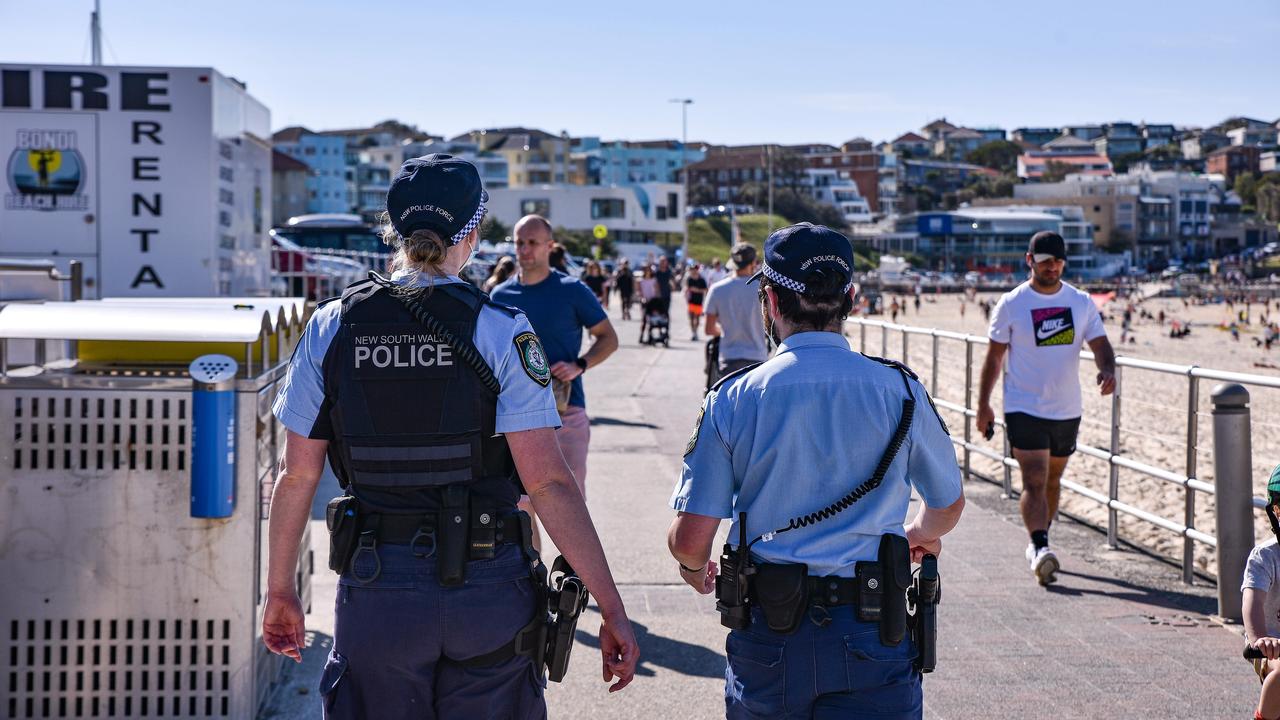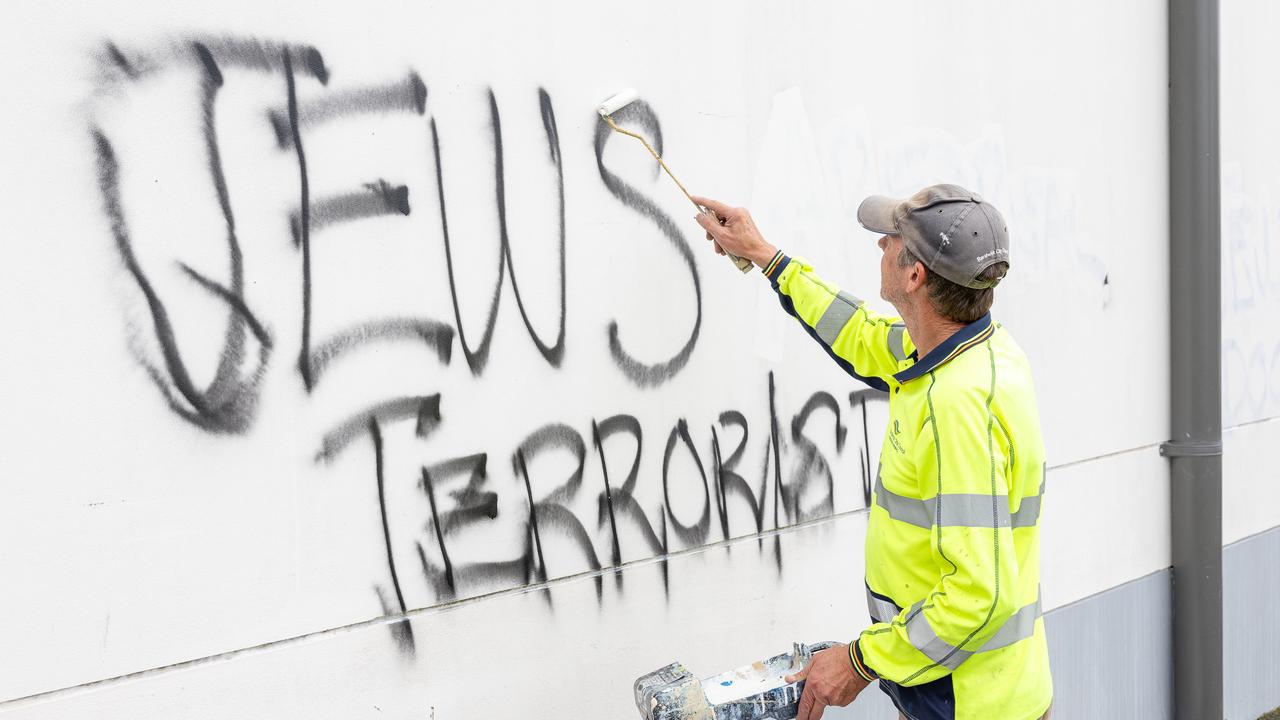Deadly brawls no child’s play as inter-school violence hits Jakarta
Deadly fights between rival high schools have become so common in Jakarta they have their own name: tawuran.

The night before Fajar Ramadhan, a quiet 16-year-old mechanics student, died from a deep samurai sword wound to the neck, he asked his mother to sit by his bed as he drifted into restless sleep.
She rubbed his back and cautioned him — as she had done countless times before — to steer clear of trouble.
The next morning, Fajar had another request: could she, instead of his older brother, drop him off at his all-boys high school on the western fringes of Jakarta.
“I told him ‘Sure’,” his grieving mother, Nani Wijaya, said this week. “I never thought it would be the last time I saw him alive.”
When the family moved from their farming village in Lampung to Tangerang a year ago so the parents could take better-paying jobs — the father at a factory, Nani as a maid — they hesitated before enrolling Fajar in the vocational school he’d set his heart on attending.
“He was such a sweet boy. Always did what his parents told him to. Never had been in a fight, never been in any kind of trouble,” Nani told The Weekend Australian.
“I felt anxious about enrolling him in a vocational school. I asked the school if their students got involved in tawuran. They told me not to worry, that they always conduct raids, monitor where the kids go and make sure they go straight home.”
Deadly fights between students from rival high schools have become so commonplace in the past few decades in and around Jakarta that they have their own name: tawuran.
In 2011, the brawling reached a terrible peak, with 82 deaths from 339 recorded student fights in the Greater Jakarta area alone.
Since the 1990s, governments, social workers and school communities have worked to address the deadly tradition — trialling longer school hours, closer teacher surveillance, after-school-hours’ curfews, police raids, family education — although in 2013 the arranged brawls reached new heights of ferocity with the emergence of acid as a weapon.
Recent policies introduced to stamp out school violence, including hazing and unchecked corporal punishment, have helped reduce a culture of acceptance that has long existed in Indonesian schools, says Diena Hariyana from Indonesia’s Sejiwa Foundation, which works at the school and policy level to end the violence.
Ms Hariyana says good child protection policies do exist in Indonesia, and the government is working hard on the issue, but “it’s a matter of whether there is monitoring and follow-up”.
“I blame us as adults that we’re not catching up with technology (such as the popularity of violent video games) and the psychology of kids,” she adds.
Indonesia’s Child Protection Agency deputy chairman Susanto says there is a “whole mindset” around tawuranthat needs to change; from the alumni who encourage inter-school violence, to local vendors who hide weapons for students, to teachers who think it’s OK to use violence to keep them in line and parents who allow their kids to hang out after school.
In the meantime the deaths are still piling up, some documented in disturbing video compilations of tawuranuploaded to YouTube, which show young teenagers hacking at each other with sickles, swords and sticks in broad daylight, and on busy streets.
In June, 12-year-old Mohammad Rafi was killed in an organised brawl with a neighbouring school in Bekasi, east of Jakarta, after the national exams. His body was found by a rail line with stab wounds to the chest.
On August 20, Nani Wijaya lost her son Fajar in a fight between rival schools.
Six days later, two boys from a west Jakarta vocational school were attacked by sickle-wielding students who ambushed a school bus. Irfan Fadilah, 16, suffered deep gashes to the head; Dicky, 19, to his spinal cord.
On September 8, Muhammad Billy Ababil, 15, was stabbed to death by rival students in north Jakarta after he and his friends were accosted after school.
His friends fled but Billy had a samurai sword and made the fatal decision to fight back.
Two 15-year-olds died instantly last week when they were hit by an oncoming train while trying to evade arrest after police broke up a brawl involving 50 students near a rail track in Bogor, south of Jakarta.
This week, 19-year-old Dicky returned to school, but the sight of him limping around campus has renewed talk among fellow students of bloody revenge.
Outside school grounds, Jawir, a skinny 12th-grader, told The Weekend Australian “We were all itching for payback after the attack but the teachers rounded us up and made us stay after school”.
Subsequent police raids on both schools, greater police presence and the confiscation of student weapons — including Jawir’s samurai sword — has so far stifled revenge efforts, though Jawir says kids at Camp Jawa (as the school is colloquially known) are under pressure to even the score.
“The day after the attack … alumni were waiting for us at the corner, wanting to know what happened, who was responsible and what we were planning to do about it. They couldn’t believe it. They said: ‘We were legends back in our days. Don’t tarnish our hard-earned reputations.’ ”
While Camp Jawa students plot their bloody vengeance, Fajar Ramadhan’s family is waging its own battle to accept his pointless death. “I don’t understand what is going through these kids’ minds. My son was killed and (his attackers) didn’t look at all remorseful,” his mother says.
The two 17-year-old students arrested for Fajar’s death are awaiting trial in prison, the principals of both schools have been transferred and the chief of the Tangerang education agency was demoted, but Nani Wijaya says the government should do more to end tawuran.
“Maybe (extended) school hours, better monitoring or more positive outlets for the kids to express themselves,” she offers.
“I’m no expert. But something must change.”


